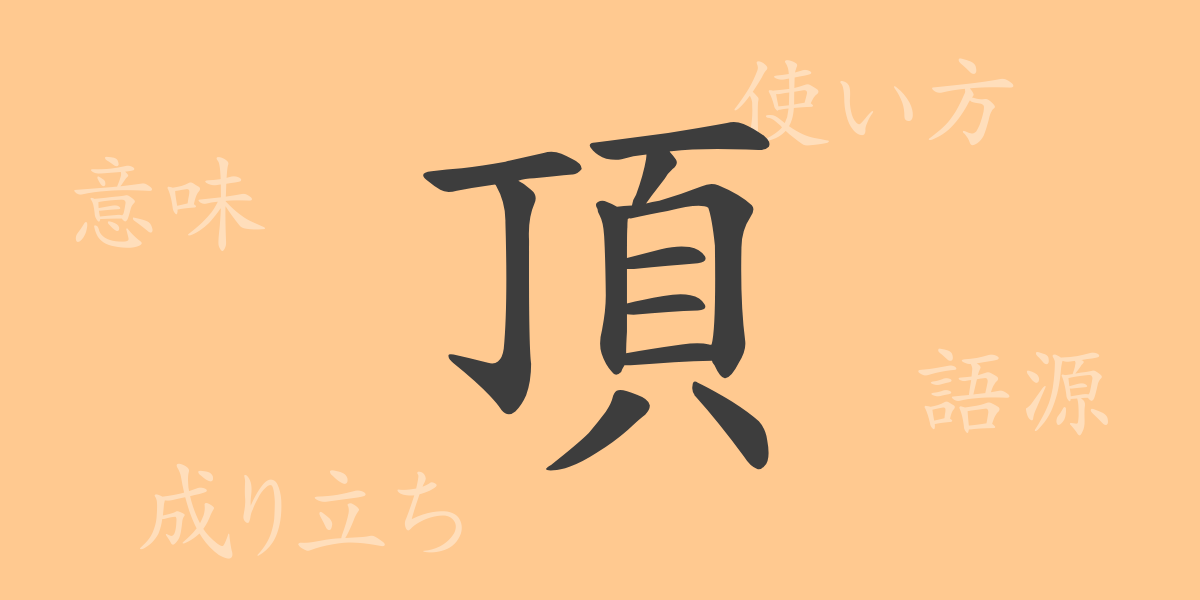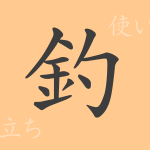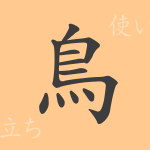The Japanese Kanji ‘頂(チョウ)’ is deeply ingrained in culture and commonly used in daily life, reflecting profound meanings and histories. This article delves into the Kanji ‘頂’, exploring its origins, meanings, applications, and extending to phrases and proverbs that enrich its narrative.
Origins of ‘頂(チョウ)’
The Kanji ‘頂’ evolved from ancient Chinese pictographs representing the top of the head or high places. Originally depicting a mountain’s peak with an added dot signifying the summit, ‘頂’ conveys layers of meaning, symbolizing both the physical peak and the culmination of efforts or achievements.
Meanings and Applications of ‘頂(チョウ)’
‘頂’ embodies concepts such as ‘top’, ‘peak of a mountain’, and ‘top of the head’. It is also used in a respectful context as in ‘頂戴する(ちょうだいする)’, a humble expression for receiving something. The versatility of ‘頂’ extends to representing physical height, social status, or respect.
Readings, Stroke Count, and Radical of ‘頂(チョウ)’
The Kanji ‘頂’ offers various readings and features:
- Readings: On’yomi ‘チョウ’, Kun’yomi ‘いただく’, ‘いただき’
- Stroke Count: 11 strokes
- Radical: ‘頁(おおがい)’, which relates to the head or face.
Phrases, Proverbs, and Idioms Involving ‘頂(チョウ)’
‘頂’ appears in many idioms and proverbs, each reflecting its rich usage in the language:
Phrases include:
- 頂上決戦(ちょうじょうけっせん): A final battle or competition for the highest position.
- 頂点対決(ちょうてんたいけつ): A direct confrontation between top contenders.
Idioms include:
- 頂を拝する(いただきをはいする): Originally meaning to bow towards a high mountain’s peak, figuratively expressing deep respect by bowing one’s head.
Proverb:
- 頂門の一針(ちょうもんのいっしん): An acutely effective advice or critique, as pivotal as a needle on the top of the head.
Conclusion on ‘頂(チョウ)’
The Kanji ‘頂’ begins with the simple shape of a mountain peak and evolves into a multifaceted character used in various contexts, from expressing physical height to humility and respect. Its presence in idioms and proverbs showcases its broad applicability and cultural significance. Each encounter with ‘頂’ in daily life is a reminder of the intricate history and beauty embedded in the Japanese language.

























